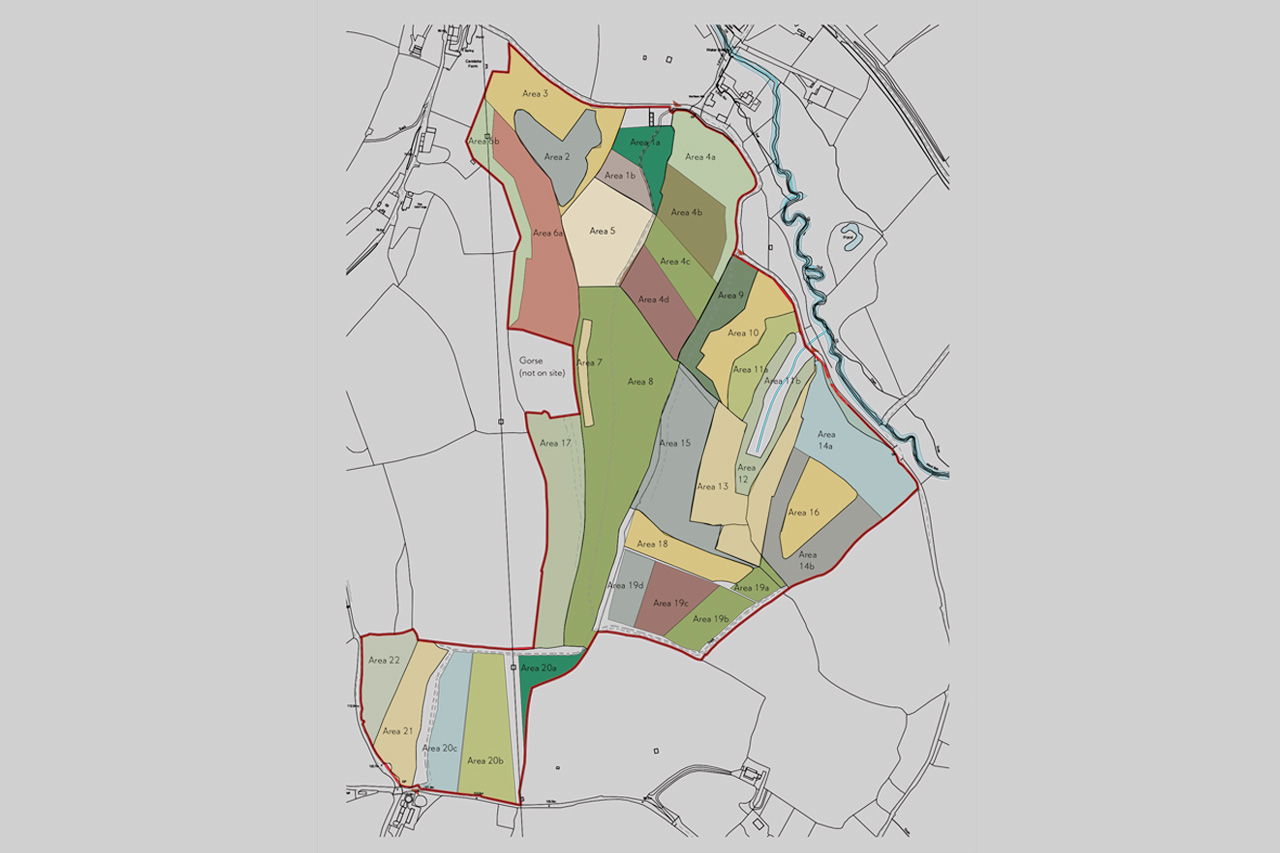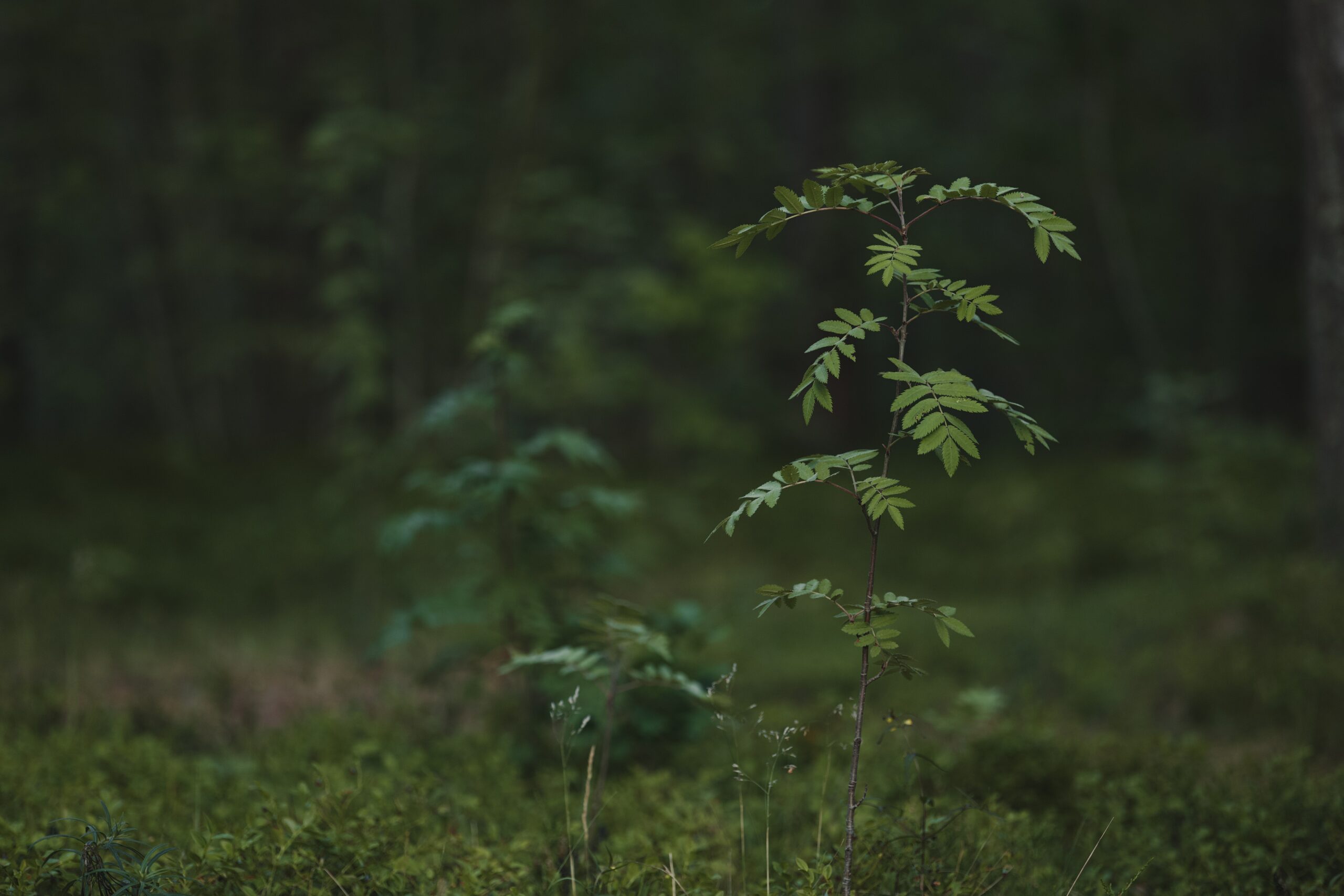
James Wood – Woodland Heritage’s First Landholding.

Great Potential for Woodland Heritage.
The purchase of James Wood became reality through James Stratton’s generous bequest to Woodland Heritage just prior to his 2019 passing. He envisioned the charity establishing a lasting legacy for future generations, encompassing the creation of woodlands he desired, as well as the transformation of timber into exquisite items he cherished.
Plans for planting have begun and have evolved to include both traditional methods and an exploration of species that can thrive in the face of a shifting climate and emerging threats from pests and diseases.
Read the full story here.

Planting Plan.
The woodland development project is scheduled to span five years, with a distinctive approach of dividing the area into separate compartments. Each compartment is planned for specific harvesting purposes. This strategy enables the efficient management of the woodland, ensuring that different sections mature at different times, thus facilitating a sustainable and continuous supply of resources over the years. It also optimises the overall ecosystem’s health and resilience by maintaining biodiversity and reducing the environmental impact associated with large-scale harvesting.

Planting Various Wood Species.
Woodland Heritage have a plant to plant a variety of hardwoods, sotfwoods and fruitwoods.
Hardwoods: Deciduous trees yield what is commonly known as hardwood, which is characterized by slow growth but exceptional value.
Softwoods: Timber from coniferous trees is regarded as softwood. Generally softwood is highly productive as it is fast growing.
Fruitwoods: Fine grained, dense and suitable for moulding, turning and carving. As well as timber these provide food for both humans and wildlife.